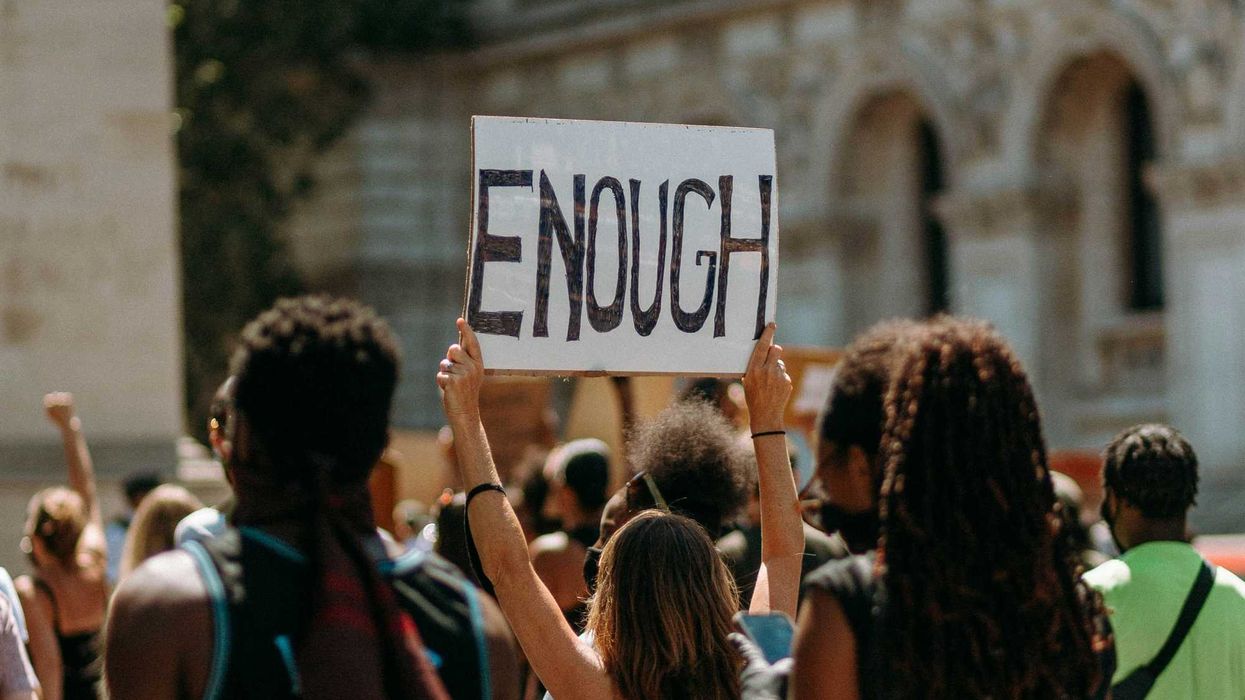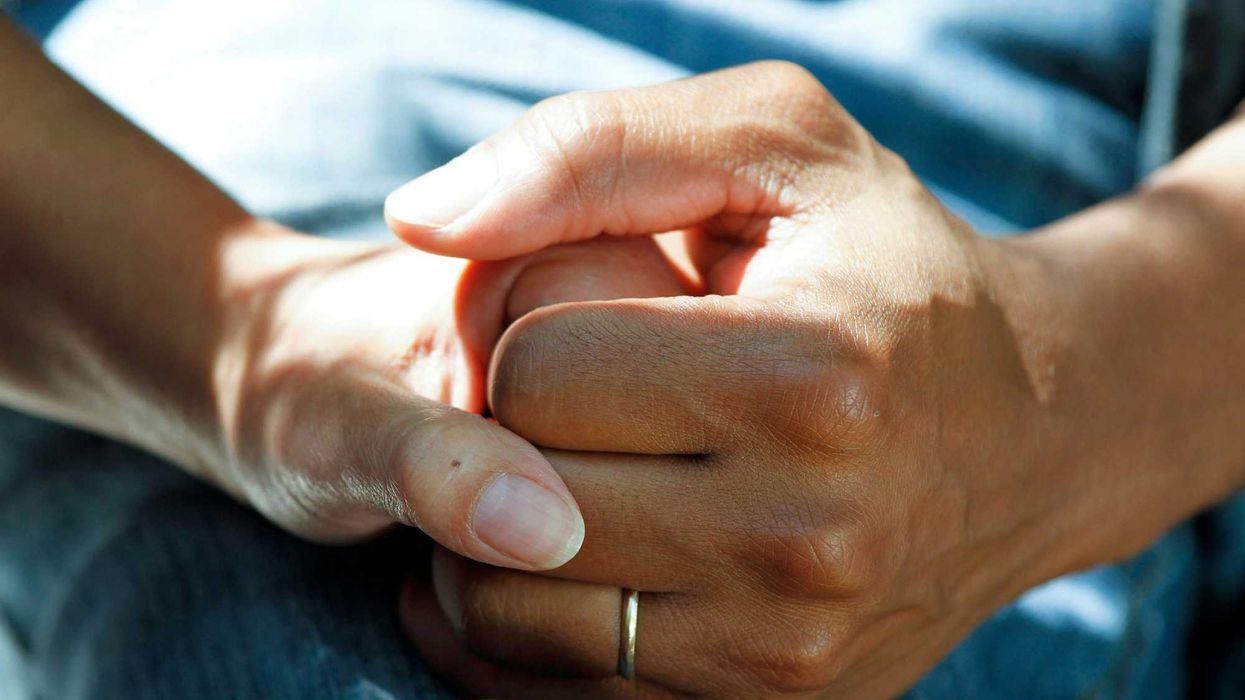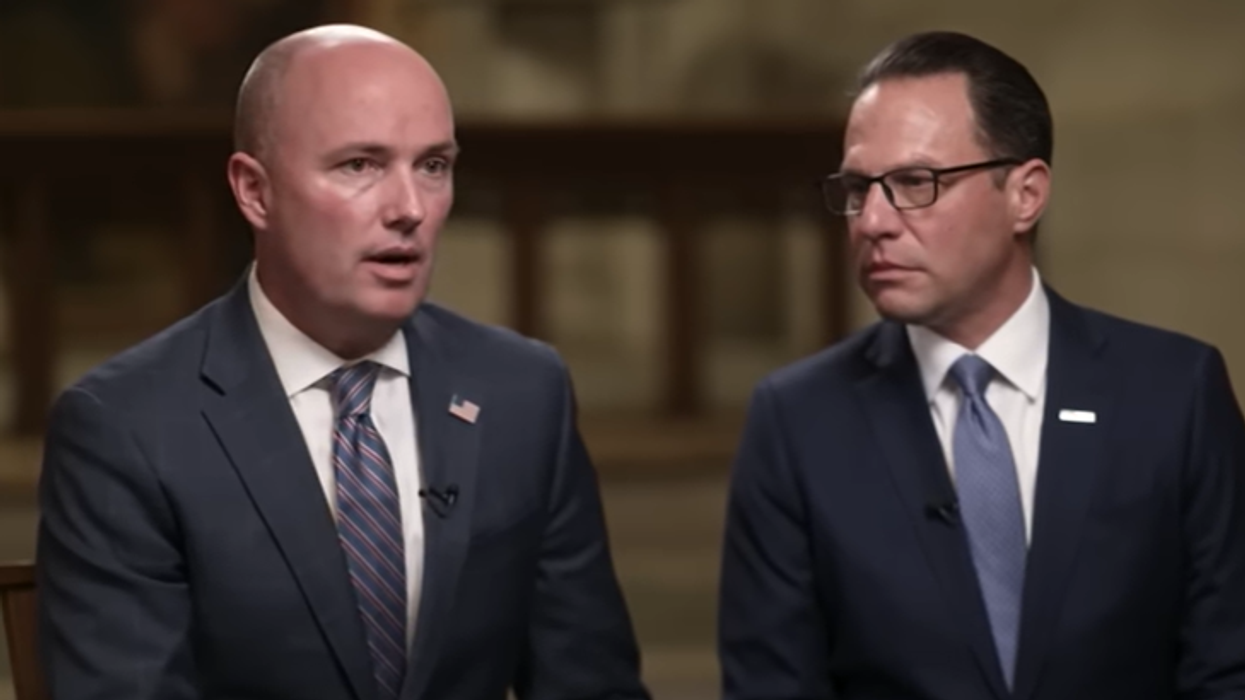Panetta is a Politics Reporter at The 19th.
Abortion isn’t the top issue on all voters’ minds heading into the November midterms. But it’s notably more important to voters in 2022 than in years past — and the Supreme Court’s decision overturning Roe v. Wade in June is actively motivating more voters to turn out, a major new survey shows.
The 13th annual American Values Survey from the nonpartisan Public Religion Research Institute (PRRI) and the Brookings Institution, released Thursday, found a greater share of Americans citing the costs of living and the health of democracy than abortion access as critical issues to their November voting choices, a finding in line with other recent surveys.
But the percentage of voters who did name abortion as an issue critical to their vote, 45 percent, is up 12 points from 33 percent who cited the issue as critical in the September 2021 American Values Survey. That figure was 36 percent in September 2020 and 29 percent ahead of the 2018 midterms. The 2022 survey polled 2,523 American adults in Ipsos’ Knowledge Panel from September 1 to 11.
“What we’ve seen is a big uptick in the role of abortion as an issue critical to the vote or important,” Melissa Deckman, the CEO of PRRI, told The 19th.
On top of the 45 percent who saw abortion as critical, 37 percent described it as “one of many important issues” and 17 percent described it as “not that important.”
When voters were asked about their motivation to vote when thinking about the Supreme Court’s decision that ended a federal right to abortion, 67 percent said they were motivated to vote, with 45 percent describing themselves as very motivated, 13 percent somewhat motivated and 9 percent a little motivated to vote by the decision.
“It’s hard to tell if it’s the overturning of Roe, or abortion just in general,” Deckman said. “What we’re finding is that in the wake of Roe being overturned, this has suddenly become a much more important issue for Democrats as opposed to Republicans.”
The PRRI poll’s findings are in line with the latest Kaiser Family Foundation Health Tracking poll released October 12, which found that 50 percent of voters say the overturning of Roe v. Wade has made them more driven to vote, up from 43 percent in July and 35 percent in May, with Democrats, Democratic women and those living in states that have restricted abortion especially motivated.
The PRRI poll found that 63 percent of Democrats, 47 percent of Republicans, and 40 percent of independents were very motivated to vote when thinking about Roe v. Wade.
Partisanship and religious identification have long been more reliable predictors of a voter’s views on abortion than gender — but the PRRI survey found that women are more likely than men to be motivated to vote by the overturning of Roe. Women aged 30 to 49, Deckman said, are significantly more likely than men of the same age to describe abortion as a litmus test issue.
Overall, 49 percent of women and 41 percent of men said they were extremely motivated to vote in the wake of the overturning of Roe v. Wade.
“Women have been trending a little bit more in favor of supporting abortion rights,” Deckman said.
Younger voters, especially women, are also becoming more supportive of abortion rights, Deckman said, a trend she attributes to members of Gen Z being less religious than older generations. In the PRRI survey, 46 percent of women aged 18 to 29 and 32 percent of men that age said they were very motivated to vote after the overturning Roe v. Wade.
The PRRI survey also found a rise in voters who now say abortion is a litmus test for their vote: 24 percent of voters in the 2022 American Values Survey said a candidate must share their views on abortion to earn their vote, up from 20 percent who expressed that view in 2020 and 18 percent in 2012.
Notably, the partisan divide on the question has also flipped in 2022: 35 percent of Democrats and 21 percent of Republicans say a candidate must share their views on abortion in 2022, compared with 32 percent of Republicans and 17 percent of Democrats who said so in 2020.
“Historically, that’s always benefited Republicans,” Deckman said of voters viewing abortion as a litmus test. “And I think right now, we see that switching over to Democrats for the first time.”
The poll also found some notable shifts on abortion among Republicans and traditionally Republican voters. The share of Republicans who believe abortion should be illegal in all or most circumstances fell nearly in half, from 21 percent in the September 2021 Values Survey to 11 percent in the 2022 survey. And only half of White Evangelicals, one of the voting blocs that is least supportive of abortion rights, say the Dobbs decision overturning Roe made them more motivated to vote.
Democrats and abortion-rights groups are aiming to win over voters by painting Republicans as extreme and out-of-step for supporting unpopular abortion bans. But given the existing, stark partisan divides on abortion, the universe of midterm voters genuinely persuadable by the issue may be small — especially in a midterm year in which true independents who don’t strongly identify with either party are less likely to vote.
“When it comes to the salience of abortion and cultural issues, it’s really baked in to the most hard-core partisans,” Deckman said. “Elections always come down to where independents are.”
Midterm elections are traditionally a referendum on the president and the party in power. And Deckman said that a major implication of abortion’s rising importance to voters may be its power to motivate Democrats who aren’t particularly moved by President Joe Biden to vote.
“I think the abortion issue has just made voting more interesting — especially for Democrats,” she said. “I can’t imagine you would be excited to vote in general, because one of the things you see in the report is that Democrats are not necessarily enthusiastic about Joe Biden.”
This article is republished from The 19th under a Creative Commons license. Read the original article.


















